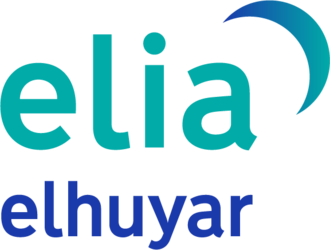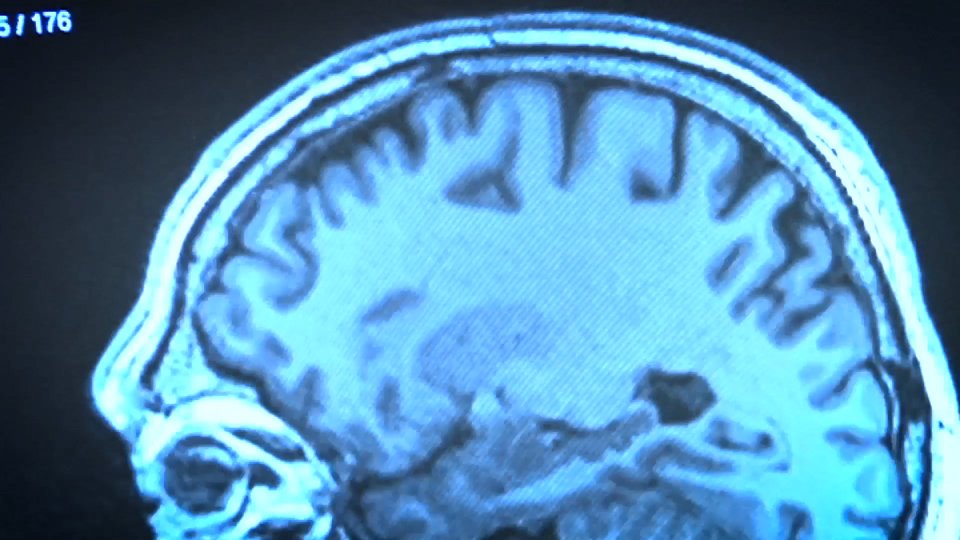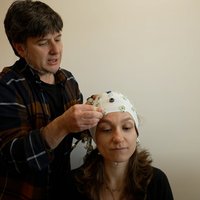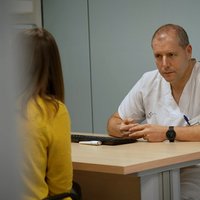[Engineering for health care]
All health systems have waiting lists. Osakidetza users have an average of 53 days waiting for surgery. In Navarre, according to the latest data, 52,000 people were waiting for their first consultation with the specialist. The waiting period is, on average, 65 days.
This group of researchers from the Public University of Navarra has been working for months to reduce waiting times for health services. The result of their work has been a system called Faster.

FRANCISCO FALCONE; upna: Faster is the system for guiding and locating patients. It aims to improve health services.
Faster has been developed in collaboration with the Navarra Health Service and two other private companies.It was designed to be installed in the new building of the Medical Technology Complex of Navarra, and although the health project was cancelled due to the crisis, Faster is fully developed.
FRANCISCO FALCONE; upna: Seventy common processes with physicians were determined. Based on these, some simple models of the route to be followed by the patients were established. For example, if someone has a knee condition, the doctors know that there is a certain predetermined process to take it: the doctor will see you, order several exams, and after analyzing the results, send you to the specialist who will prescribe rehabilitation. They are processes of this type, very linear, easy to perform one after the other. The aim was to speed up treatment and medical consultations as much as possible.
To test the operation of this Wireless Location System, it was once installed in a building of the Public University of Navarra and one of the researchers walked from room to room to verify that it was working. Faster is a system that helps people move within the building; it directs them in the steps they will take; it keeps people localized at all times and also allows users to communicate with the system. It guarantees communication in two directions. This is one of the main features of the system.
FRANCISCO FALCONE; upna: There are two different layers to manage processes: on the one hand, there are physical elements or hardware, devices that perform localization and guidance tasks; on the other, there is the software layer. This manages processes and gives commands, and interacting with the physical devices would tell the user which consultation to go to or which medical process to follow at a specific time.
In order for the Faster system to work, users must be equipped with portable devices; in this case the researcher who is doing the demonstration has taken it in his pocket; the devices will calculate where in the building they are, but with the devices placed on the wall of it, they must interact with the routers, which will transmit the signal to the other device that performs the functions of coordinator and the latter to the computer. The person moving through the building will appear represented by a small dot on the computer.
DIANA ALDAMA; upna: We will send a package between this device and the routers. The routers will tell you that your package has reached this power; with this power and the location of the router, the portable device is able to calculate its location. The more routers you have, the greater the accuracy will be.”
Zigbee technology has been used to ensure the communication of all devices and software.
PELLO LOPEZ FONT; upna: Zigbee technology is a wireless technology. Like Bluetooth or Wi-Fi, but less popular so far, and compared to others, it is a low-consumption technology; thousands of elements can be placed on the same network. Bluetooth only allows eight elements to be present.”
Although the basic design of all devices has been made, they are all scalable. That is, they allow their development in the future: they can be equipped with a screen, access to the Internet... or some other option. Software design is also essential.
PELLO LOPEZ FONT; upna: The software we have developed is quite simple. It is used for testing, and if you wanted to put it in the future, it would have to be developed a little more.
The system, which offers the possibility of managing and contacting people’s arrivals in an institution with a large number of users, is compatible with building management systems, i.e. domotic systems and also allows its use outside the health area.
FRANCISCO FALCONE; upna: The system may have multiple applications. We developed it with the idea of launching a new service in the field of health, but the system can be adapted to other areas such as the area of production logistics, shopping centers, museums or similar leisure areas; it can be a help for localization... This is the essence of the project, to have as many fields of application as possible.
Buletina
Bidali zure helbide elektronikoa eta jaso asteroko buletina zure sarrera-ontzian











